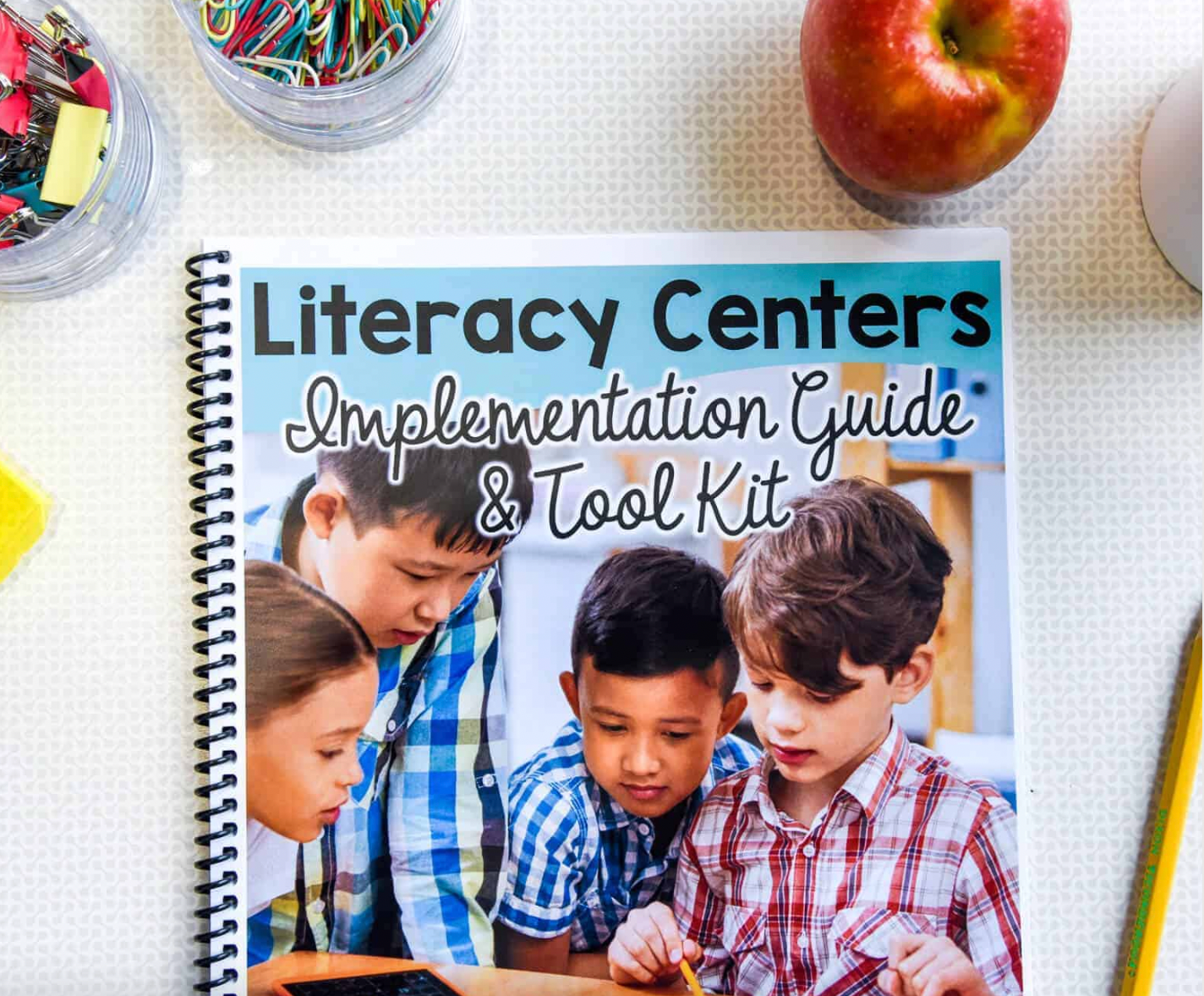Once as we were preparing to study for a math test, I called out to my class, “It’s time to hit the books!” One student responded by literally slapping the cover of his math book. That’s when I knew teaching figurative language needed to be added to my lesson plans!
From memorable advertising slogans like “America Runs on Dunkin”, to vivid literary images like Shakespeare’s “green-eyed monster”, figurative language surrounds us. We want our students to have the skills they need to critically analyze and interpret the words they read and hear.
Let me share with you just a few reasons why teaching figurative language is so essential!
Improves Literacy Skills
Teaching figurative language doesn’t have to be boring, and the results pay off for years to come.
Most of the quality picture books and novels we use in the classroom are chock full of rich, complex language. But students often fall into the bad habit of reading quickly and superficially.
We want our students to do more than just retell the plot of a story. Figurative language conveys emotion, creates tone and mood, and expresses slight nuances in connotation. These are important clues that help students make inferences and understand the author’s purpose.
Students should be on the lookout for this kind of language. Once they spot a simile or metaphor, for instance, let them scrutinize it more closely. What idea is the author trying to convey? How does the comparison influence the perspective of the reader? When we teach them to notice and analyze the language in a story, we create critical readers who can think at higher levels.

Makes Language More Accessible
Teaching figurative language is especially important for our English language learners. These students are still learning literal words and phrases, and encountering the symbolic nature of figurative language often causes confusion.

Because language is connected to culture, many of these students don’t have the background knowledge they need to understand common types of figurative language. Phrases like “cover your bases” or “stubborn as a mule” can be tricky for a non-native speaker, so regular practice with figurative language will improve students’ literacy and communication skills.
Additionally, exposing second language learners to common English idioms widens their comprehension of the language significantly. Linguists estimate there are over 10,000 common figures of speech in the English language. That’s a huge number! Teaching idioms can be especially fun however, and most English language learners will master these expressions quickly. Here is a great list to start with.
Produces Rich, Creative Writing
Students who grasp figurative language quickly become expert writers. Teaching figurative language builds creativity and offers students a unique way to express themselves.
For example, challenging students to incorporate more similes in their writing once produced this gem in my classroom:
“I felt like a cheap graham cracker: unwanted and ready to crumble.” -Dezi M.
I love the imagery this student created!
We ultimately want our students to be able to bend, mold, and stretch language into writing that paints a picture for their readers. One of the most effective writing tools we can equip our students with is the ability to transform ordinary words into rich, beautiful imagery.
Tips for Teaching Figurative Language
Teaching figurative language is easy and fun. There are so many ways you can incorporate it in your classroom. Here’s some steps to get you started:
Define it
Use direction instruction to explicitly teach each type of figurative language individually. Model what it looks like on its own first.

Use Examples and Non-Examples
I like to offer a quick sort so students begin to easily identify each type. This can be as simple as sorting phrases into two categories like “Personification” and “Not Personification”. You can also provide multiple figurative language types in one activity for students to sort into each category.
Analyze It In Context
Find figurative language in mentor texts, and offer opportunities to examine the shades of meaning behind each example. (For more on teaching figurative language using mentor texts, check out this blog post!)
Write, Write, Write!
Encourage students to make it their own by applying the skill. When we enter the revision stage of writing, I always challenge my students to add in at least two types of figurative language.

If you are looking for some fun, no-prep lesson plans, my interactive units target similes, metaphors, idioms, personification, alliteration, hyperbole, and onomatopoeia. They can be purchased in print or digital versions. You can also bundle all the units together to save!



